Lighting in the home is vital, especially in the UK, where long winters require artificial light. However, understanding how different lighting options affect energy consumption can help reduce electricity costs. In this article, we’ll discuss the most common types of lighting, their energy efficiency, and offer tips for a more energy-efficient home.
1. Incandescent Lighting: The Traditional, High-Energy Option
Incandescent bulbs have been the standard lighting choice for decades. They provide warm light but consume a lot of energy.
Characteristics:
- High energy consumption: Incandescent bulbs use more energy than modern alternatives, increasing electricity bills.
- Short lifespan: These bulbs last only 750–1,000 hours, leading to frequent replacements.
- Low efficiency: Only 10% of energy becomes light, while 90% is wasted as heat.
Recommendation: Replace incandescent bulbs to save on energy costs and extend bulb life.
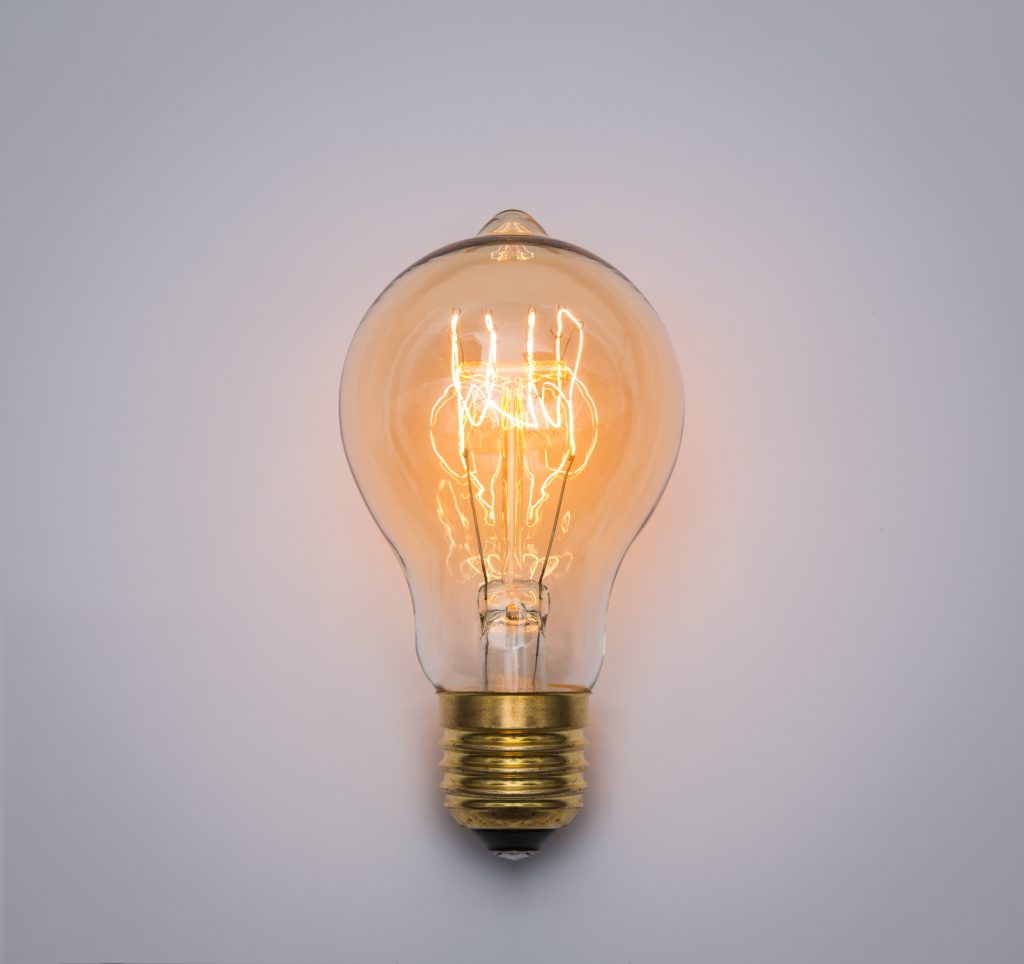
2. Compact Fluorescent Lighting (CFL): A More Efficient Option
CFL bulbs offer better energy efficiency and last longer than incandescent bulbs. However, LEDs are now more popular.
Characteristics:
- Moderate energy use: CFLs consume 75% less energy than incandescent bulbs.
- Long lifespan: They can last up to 10,000 hours, saving money over time.
- Warm-up time: CFLs take a few seconds to reach full brightness.
Recommendation: CFLs are more efficient than incandescent bulbs but less so than LEDs.
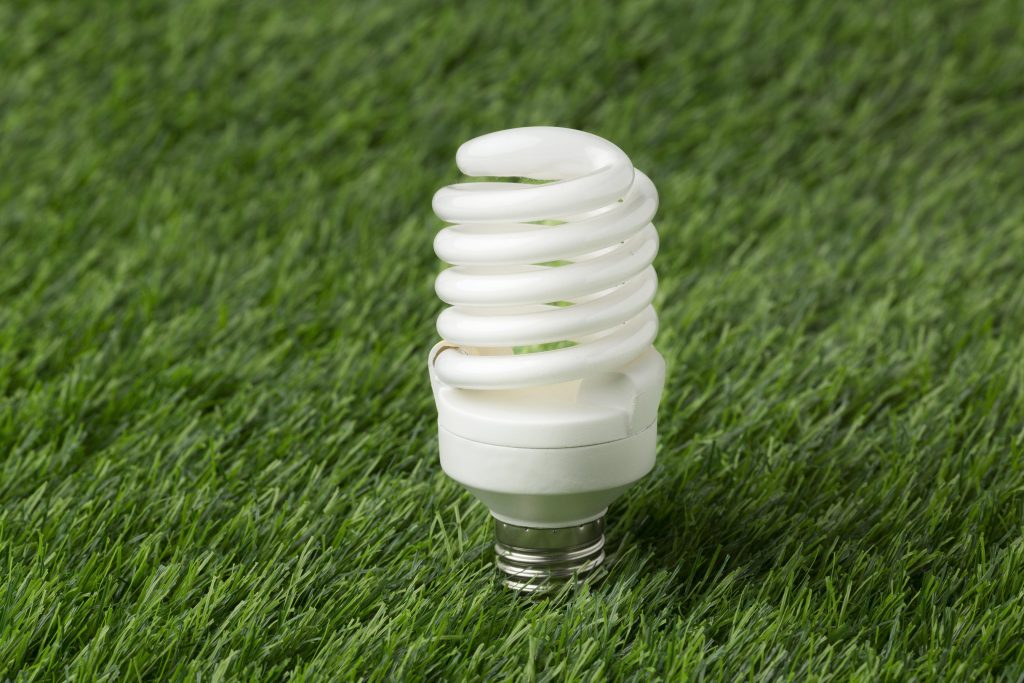
3. LED Lighting: The Best Option for Energy Efficiency
LED bulbs are the most energy-efficient option, offering savings on electricity bills while lasting for many years.
Characteristics:
- Extreme energy efficiency: LEDs use up to 80% less energy than incandescent bulbs.
- Long lifespan: These bulbs last between 15,000 and 50,000 hours.
- Immediate brightness: LEDs reach full brightness instantly after being switched on.
- Variety of options: LEDs come in various light tones to suit any style.
Recommendation: If you want to save significantly on your energy bills, switch to LED lighting.
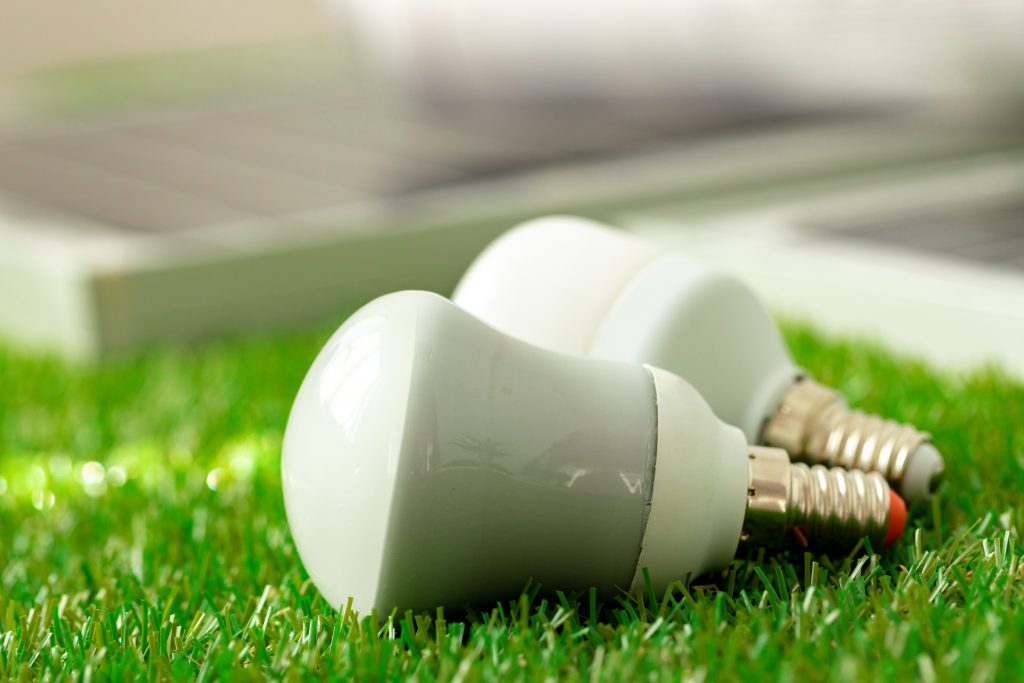
4. Halogen Lighting: More Efficient, But Still Less Popular
Halogen bulbs are more energy-efficient than traditional incandescent bulbs. They offer bright light but still consume more power than LEDs.
Characteristics:
- Lower consumption: Halogen bulbs are 30% more efficient than incandescent bulbs.
- Moderate lifespan: They last between 2,000 and 4,000 hours.
- High heat output: Halogen bulbs still generate a significant amount of heat.
Recommendation: For bright light, halogen bulbs are a better option than incandescent, but LEDs are more efficient.
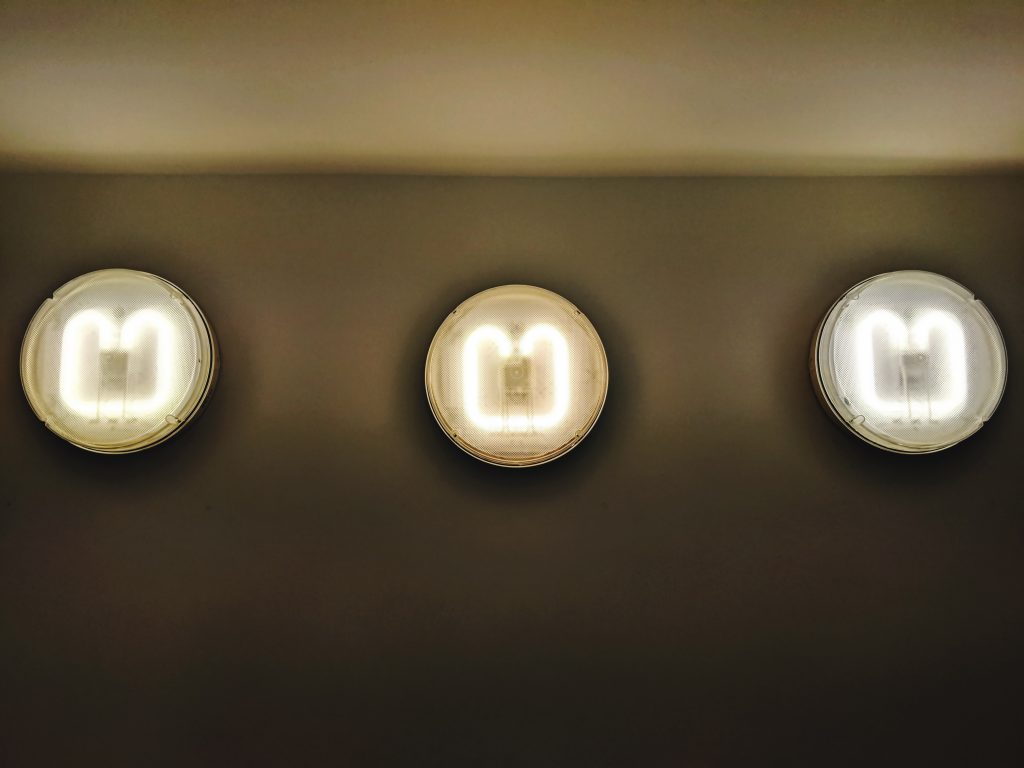
5. Smart Lighting: Control Energy Use Efficiently
Smart bulbs let you control brightness and color from your phone. They are also energy-efficient when paired with LEDs.
Characteristics:
- Energy-efficient: Many smart bulbs use LED technology, offering energy savings.
- Remote control: Control your lighting with mobile apps or voice assistants.
- Scheduling: Set lights to turn on and off automatically, preventing unnecessary energy use.
Recommendation: For convenience and energy savings, choose smart LED bulbs.
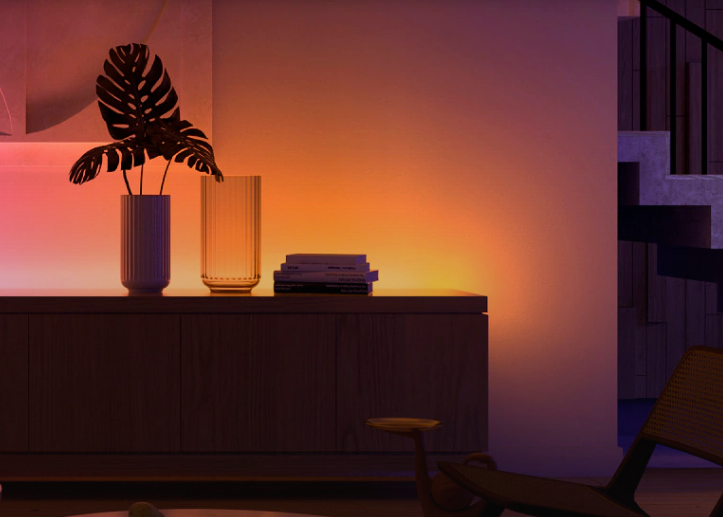
Impact of Lighting Consumption on Electricity Bills in the UK: Lighting accounts for 10-15% of a household’s energy consumption in the UK. Switching to LED bulbs can significantly reduce this cost.
Tips for Energy-Efficient Lighting home.
- Replace incandescent bulbs with LED options to cut energy costs.
- Turn off lights when not in use, especially in unused rooms.
- Utilize natural light during the day to reduce reliance on artificial lighting.
- Use dimmer switches to adjust brightness and reduce energy consumption.
- Install motion sensors in hallways and outdoor areas to save energy.
Ready to make your home more energy-efficient? ITS HOME SOLUTIONS can help you find the best lighting solutions for your needs. Save money and protect the planet today!

Leave a Reply